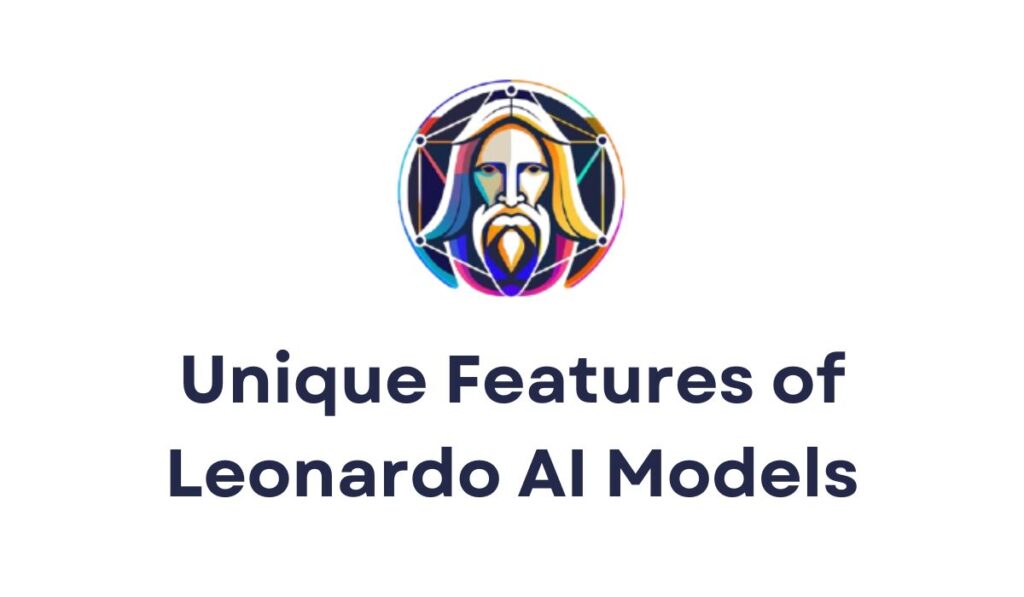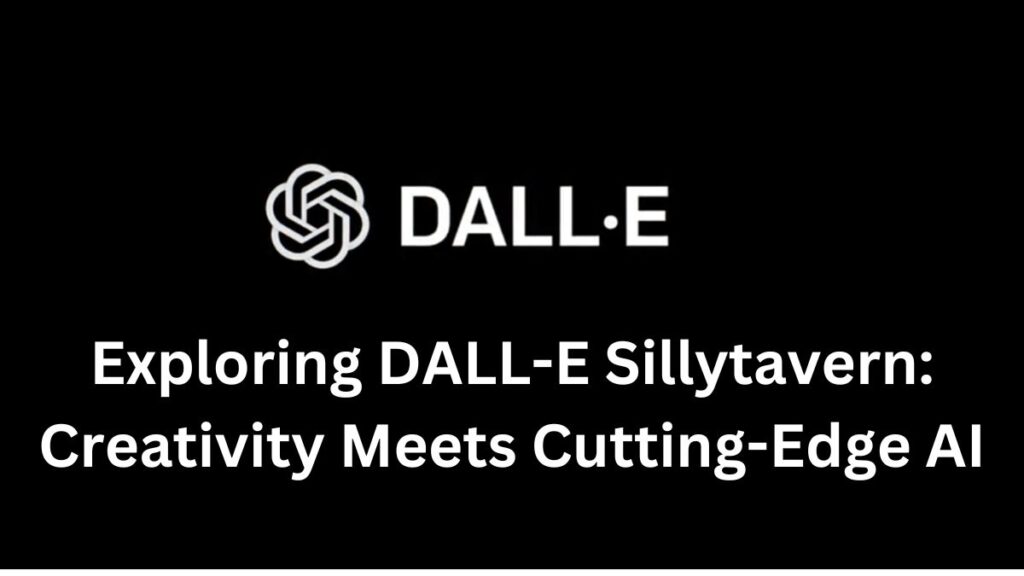Artificial Intelligence (AI) continues to drive innovation, reshaping how we interact with technology, and one name that stands out in this space is Leonardo AI. Known for its cutting-edge capabilities, Leonardo AI’s models have been developed to optimize processes, foster creativity, and achieve groundbreaking results. This article dives deep into various Leonardo AI models, how they work, and what makes them unique in the AI ecosystem.
| Model Name | Key Features | Primary Applications | Notable Strengths |
|---|---|---|---|
| Leonardo Vision | Image processing, neural networks | Object detection, photo enhancements | Fast, highly accurate imaging |
| Leonardo NLP | Text analysis, language understanding | Chatbots, sentiment analysis | Natural and fluent text responses |
| Leonardo Predict | Predictive modeling, data analysis | Forecasting, risk management | Data-driven insights, clear trends |
| Leonardo Create | Generative AI, creative tools | Art generation, content creation | High-quality creative outputs |
| Leonardo Compute | High-performance computing (HPC) | Scientific simulations, AI research | Optimized speed and scalability |
What Is Leonardo AI?

At its core, Leonardo AI represents a suite of advanced artificial intelligence tools designed to mimic human reasoning, enhance decision-making processes, and push the boundaries of automation. By leveraging a combination of deep learning, machine learning algorithms, and neural networks, these models address complex challenges in industries like healthcare, marketing, research, and arts.
Whether you’re looking to automate data-heavy tasks or create stunning works of art, Leonardo AI provides tailored solutions. Each model within the Leonardo AI ecosystem caters to specific needs to ensure precision and efficiency.
Key Leonardo AI Models

1. Leonardo Vision
The Leonardo Vision model is designed to process visual data, making it a leading choice for industries requiring high-detail image analysis.
How It Works:
Leonardo Vision uses convolutional neural networks (CNNs) to break down visual inputs into layers of information. This capability allows the model to recognize patterns, identify objects, and even enhance images efficiently.
Applications and Benefits:
- Object Detection: Retailers can use Leonardo Vision to track inventory via image recognition.
- Medical Imaging: Healthcare professionals leverage it to spot abnormalities on X-rays or CT scans.
- Photo Enhancements: Photographers and designers rely on the model for retouching and enhancing visuals.
Its accuracy and ability to handle large volumes of data make it indispensable in image-heavy industries.
2. Leonardo NLP (Natural Language Processing)
Language comprehension is one of the most promising advancements in AI, and the Leonardo NLP model excels in this area.
Core Functionality:
Leonardo NLP combines transformers and recurrent neural networks (RNNs) to understand an d generate text. It’s capable of reading between the lines, analyzing sentiment, and initiating conversations.
Use Cases:
- Conversational AI: Develop chatbots that respond just like humans, ideal for customer service.
- Text Summarization: Skims through data to provide concise, meaningful summaries.
- Sentiment Analysis: Detect customers’ emotions from reviews and social media posts.
Leonardo NLP’s natural and context-aware responses make it suitable for everything from marketing campaigns to regulatory compliance.
3. Leonardo Predict
Forecasting trends and predicting outcomes have never been smoother, thanks to the Leonardo Predict model.
Key Features:
Leonardo Predict utilizes machine learning-based inferencing to analyze historical data and detect correlations. This model identifies hidden patterns that are hard for humans to discern.
Notable Use Cases:
- Risk Management: Banks integrate this model to detect potential credit risks.
- Demand Forecasting: Supply chain managers use predictions to plan production cycles better.
- Market Analysis: Companies can simulate future market scenarios using past data.
With its focus on reducing uncertainty, Leonardo Predict supports reliable decision-making across industries.
4. Leonardo Create
For artists, writers, and creatives, Leonardo Create is a game-changer. This generative AI model empowers users to bring ideas to life with minimal effort.
Capabilities:
Leonardo Create applies deep learning to understand user prompts, generating text, music, art, or even entire 3D models.
Popular Applications:
- Content Writing: Generate human-like texts for blogs and advertisements.
- Art and Design: Create custom visual assets for branding or entertainment.
- Music Composition: Produce background music that matches specific tones or moods.
This model excels at imagination-driven outputs, bridging the gap between technology and creativity.
5. Leonardo Compute
The final piece in the Leonardo AI family is Leonardo Compute, which emphasizes high-performance tasks.
Specializations:
Leonardo Compute is designed for massive computations, powering simulations and models that demand high processing power. Its scalable infrastructure ensures users can work efficiently on extensive datasets.
Key Scenarios:
- Scientific Research: Scientists use Leonardo Compute for climate modeling or molecular predictions.
- AI Development: Assists developers in training complex algorithms faster.
- Financial Simulations: Large-scale economic forecasts benefit from its computational strength.
Its combination of speed and reliability makes Leonardo Compute the backbone of demanding projects.
READ ALSO: Understanding Midjourney Spherical Distortion and How to Manage It
Unique Features of Leonardo AI Models

Leonardo AI models stand out from the crowd for several reasons. These features set them apart in an increasingly crowded AI landscape.
- Customizable Outputs: From pixel-perfect images to contextually accurate sentences, Leonardo AI adapts outputs based on user needs.
- Scalability: Whether handling a small dataset or processing millions of records, Leonardo AI models perform seamlessly.
- Cross-Industry Applications: The models cater to fields ranging from gaming to healthcare, proving their versatility.
- Easy Integration: APIs and developer-friendly tools make it simple for businesses to incorporate Leonardo AI into their workflows.
Why Leonardo AI Stands Out

From innovative designs to tangible benefits across sectors, Leonardo AI continues to lead in modern artificial intelligence applications. Its multipurpose capabilities reflect the future of technology—a blend of accuracy, creativity, and speed. For businesses and individuals seeking to harness AI’s true potential, exploring Leonardo AI models is a step in the right direction.
FAQs
What is Leonardo AI known for?
Leonardo AI is renowned for its comprehensive suite of models that specialize in visual data processing, language comprehension, prediction, creativity, and high-performance computing.
Can small businesses use Leonardo AI?
Absolutely. Thanks to its scalable architecture, Leonardo AI is accessible to businesses of all sizes. Even startups can utilize its functionalities with minimal resources.
How is Leonardo Create different from other generative AI models?
Unlike basic generative tools, Leonardo Create offers more customizable and higher-quality outputs, making it ideal for specialized projects.
Are Leonardo AI models beginner-friendly?
Yes, most Leonardo AI models are designed to have intuitive interfaces and guides to ensure ease of use for both beginners and experts.
What industries benefit the most from these AI models?
Healthcare, retail, finance, marketing, art, and research are among the key industries leveraging Leonardo AI for better productivity and insights.
How does Leonardo Predict ensure accuracy in forecasts?
By analyzing massive datasets and detecting even minute patterns, Leonardo Predict delivers forecasts with precision and reduces the risk of errors.


